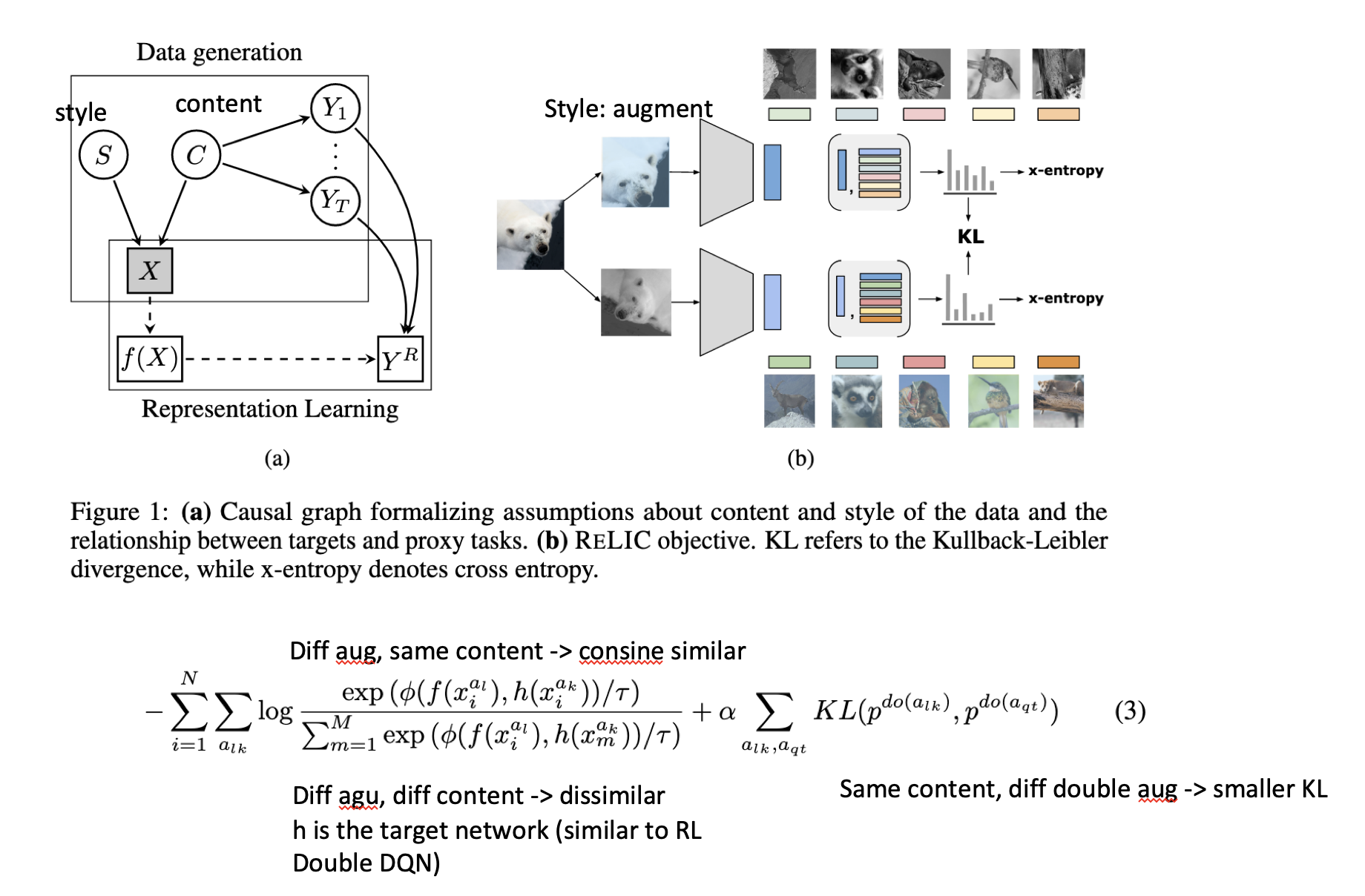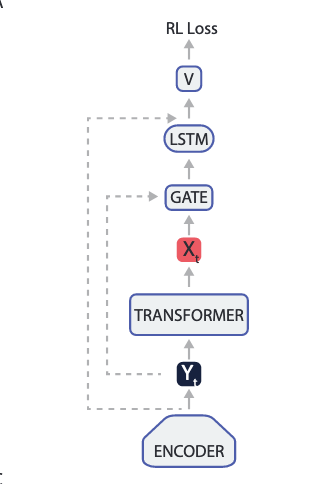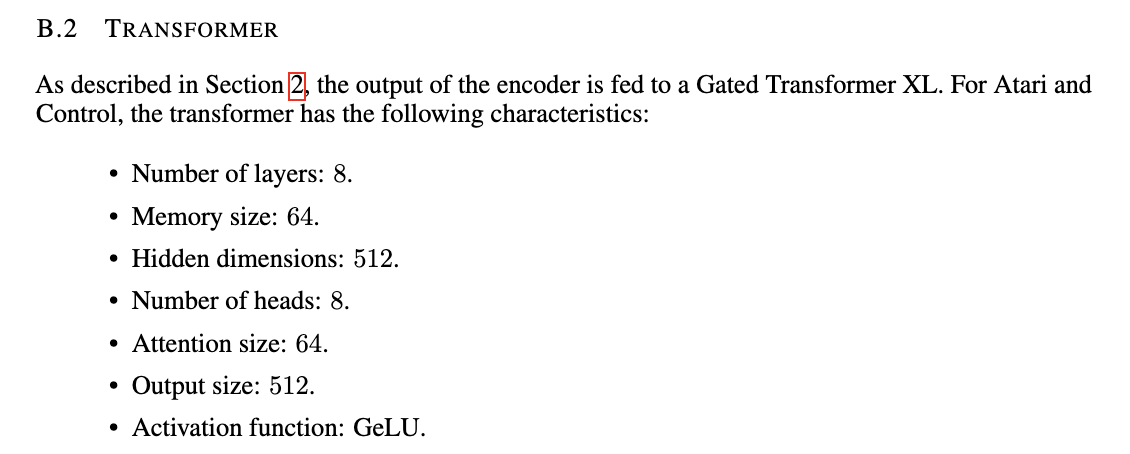[TOC]
- Title: CoBERL Contrastive BERT for Reinforcement Learning
- Author: Andrea Banino et. al. DeepMind
- Publish Year: Feb 2022
- Review Date: Wed, Oct 5, 2022
Summary of paper
https://arxiv.org/pdf/2107.05431.pdf
Motivation
Contribution
Some key terms
Representation learning in reinforcement learning
- motivation:
- if state information could be effectively extracted from raw observations it may then be possible to learn from there as fast as from states.
- however, given the often sparse reward signal coming from the environment, learning representations in RL has to be achieved with little to no supervision.
- approach types
- class 1: auxiliary self-supervised losses to accelerate the learning speed in model-free RL algorithm
- class 2: learn a world model and use this to collect imagined rollouts, which then act as extra data to train the RL algorithm reducing the samples required from the environment
- CoBERL is in class 1
- it uses both masked language modelling and contrastive learning
RL using BERT architecture – RELIC
- unlike BERT where the input is a discrete vocabulary for language learning and targets are available, in RL inputs consist of images, rewards and actions, so they construct proxy targets and the corresponding proxy tasks to solve. They used contrastive learning, RELIC

- Instead we rely on the sequential nature of our input data to create the necessary groupings of similar and dissimilar points needed for contrastive learning.
Auxiliary loss
- 15% MASK and recover

CoBERL architecture


- LSTM is more efficient


- means 2 layer (one GRU one LSTM)
Minor comments
- They measure performance on all 57 Atari games after running for 200 million frames (steps)…
